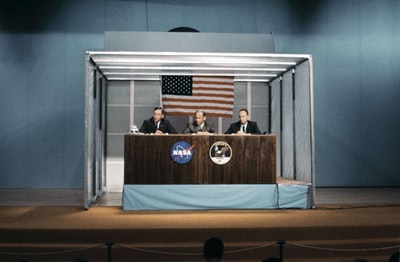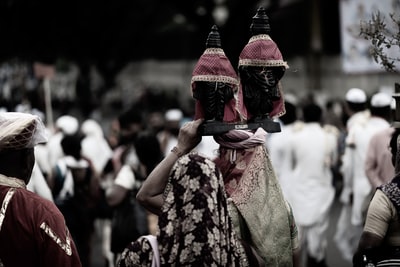Stalin’s Unlikely Rise to Power

Very few people had expected Josef Stalin to emerge as leader. He was a much lower-profile figure; a reliable but uninspiring member of the party. But emerge as leader he did; and when he did become leader, the whole character of the Soviet Union changed, bent to the will of his paranoid and controlling personality. Over the following decades, Stalinism would develop. And it wasn’t pretty.
The Main Stages to Power
Stalin’s rise to power is a strange tale of intrigues and cunning. Here are the main stages:
* Lenin’s Funeral: Stalin was put in charge of organizing Lenin’s funeral, an event of enormous importance. Any Bolshevik who didn’t show up would look like they were disrespecting Lenin. This was exactly why Stalin told Trotsky the wrong date for the funeral. Trotsky was already an unpopular figure due to his general lack of charisma and the fact that he came across as a bit of an intellectual snob, and missing the funeral made him look even worse.
* General Secretary of the Communist Party: Stalin was General Secretary of the Communist Party. This meant that he organized all of the business of the Party. It might sound like a dull job, but it meant that he could control how the party operated. And he put it to use for putting himself in charge.

* Played different Factions of the Party: Stalin played the different factions of the Communist Party against one another. The Party had a Left, which wanted to get rid of NEP and bring in a system that was more faithful to Marxism, which was aligned with Trotsky’s ideas (even if they didn’t like him personally), and a Right, which thought NEP would make the Soviet Union stronger. Stalin began by joining forces with the Right to discredit the ideas of the Left. He did this by launching a programme for the USSR called ‘Socialism in One Country’, the jist of which was to make the Soviet Union strong before trying to cause communist revolutions in the rest of the world, like Trotsky and the Left wanted. Stalin’s ideas were much more popular with the public than Trotsky’s. Stalin had his old allies Zinoviev and Kamenev kicked out of the Party in 1927 for their opposition to Socialism in One Country.
* Trotsky: Trotsky was not a well man by 1924, and was fairly helpless to fight back against the attacks on him.
* NEP: At the end of the 1920s, Stalin turned on the people on the Right of the party who had supported him against the Left, declaring that NEP had moved the Soviet Union away from Communism, and expelling its main supporters from the Party.
* Personality Cult: Stalin started to make sure that propaganda identified him personally as Lenin’s heir, and he began to use propaganda to develop a personality cult for himself.